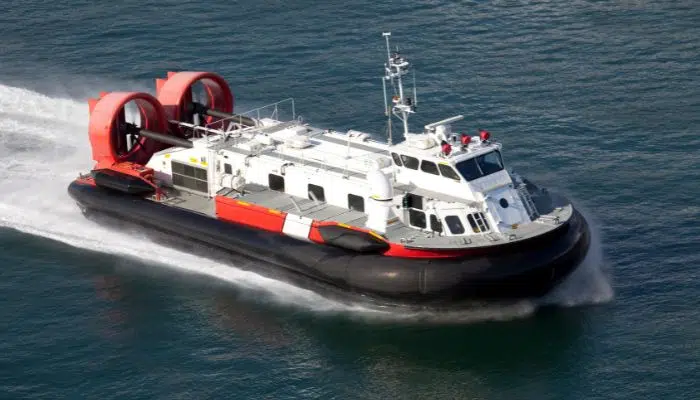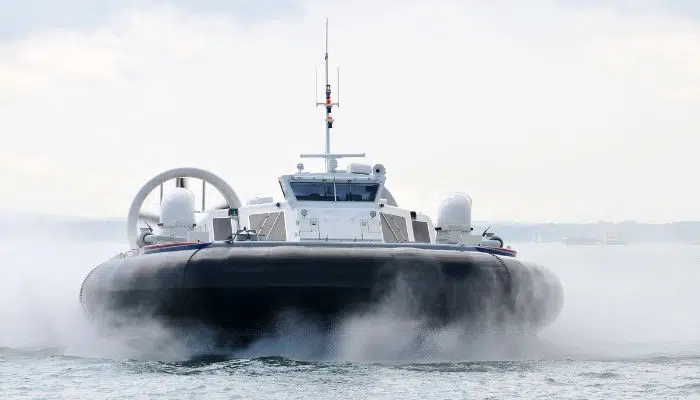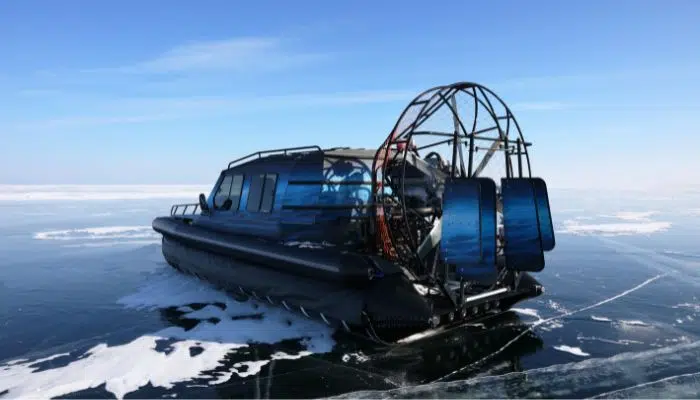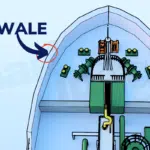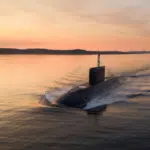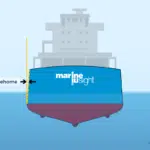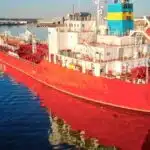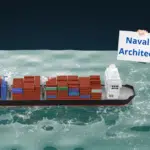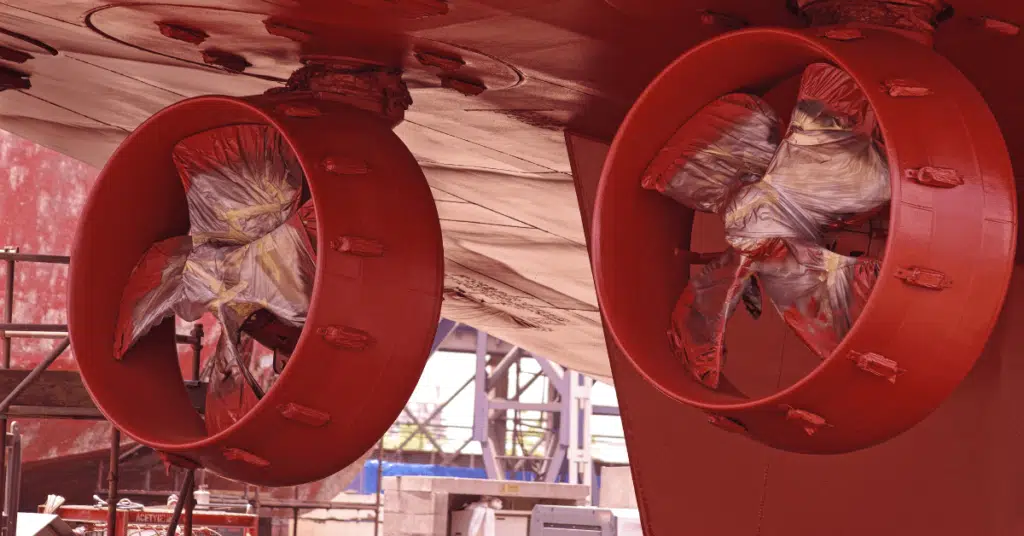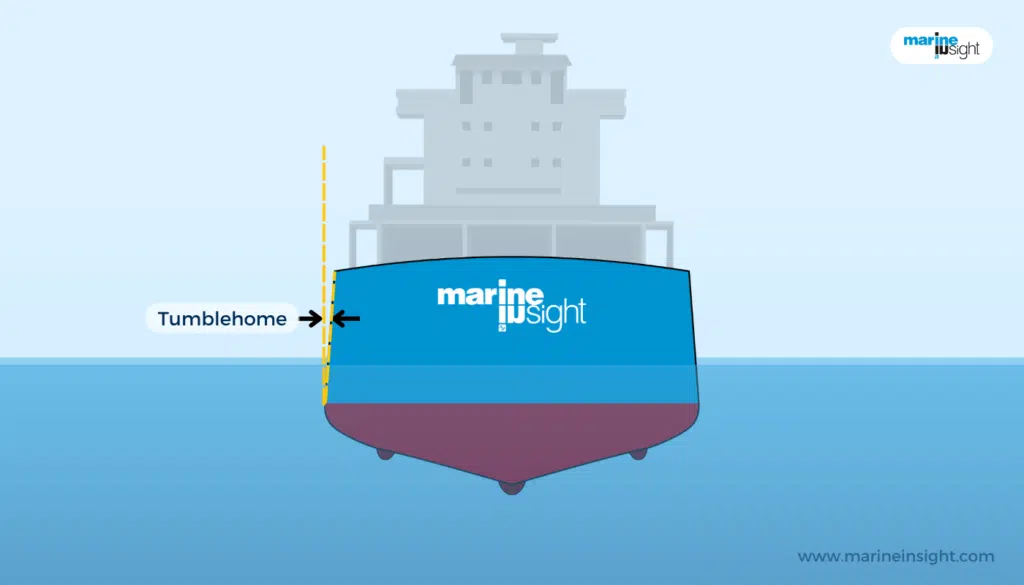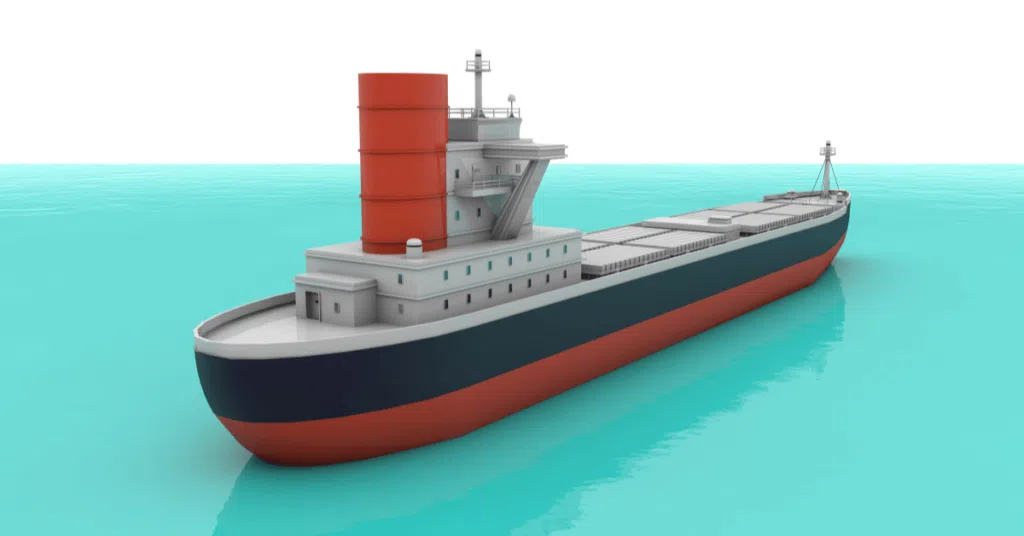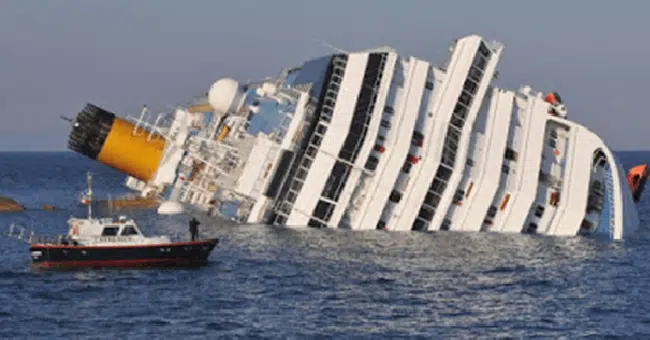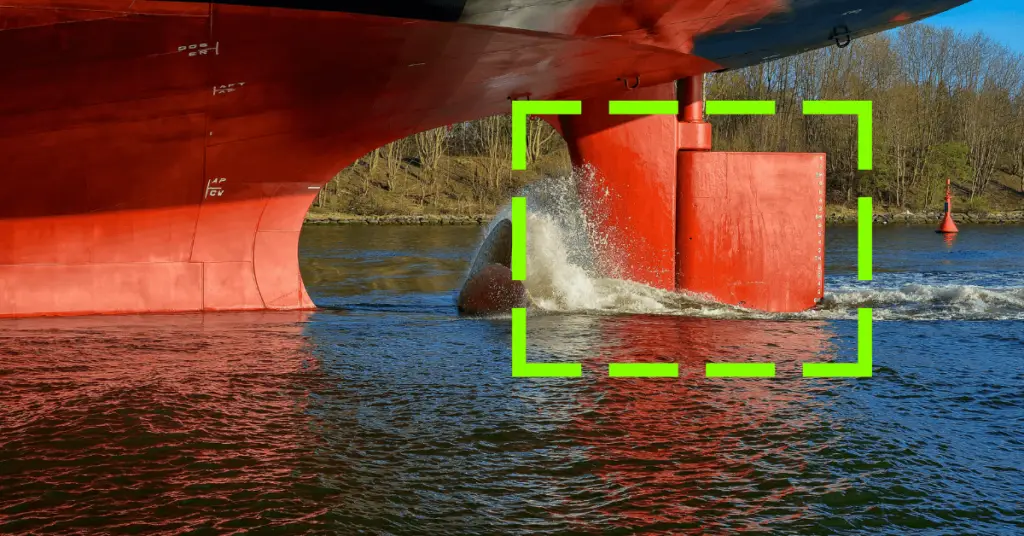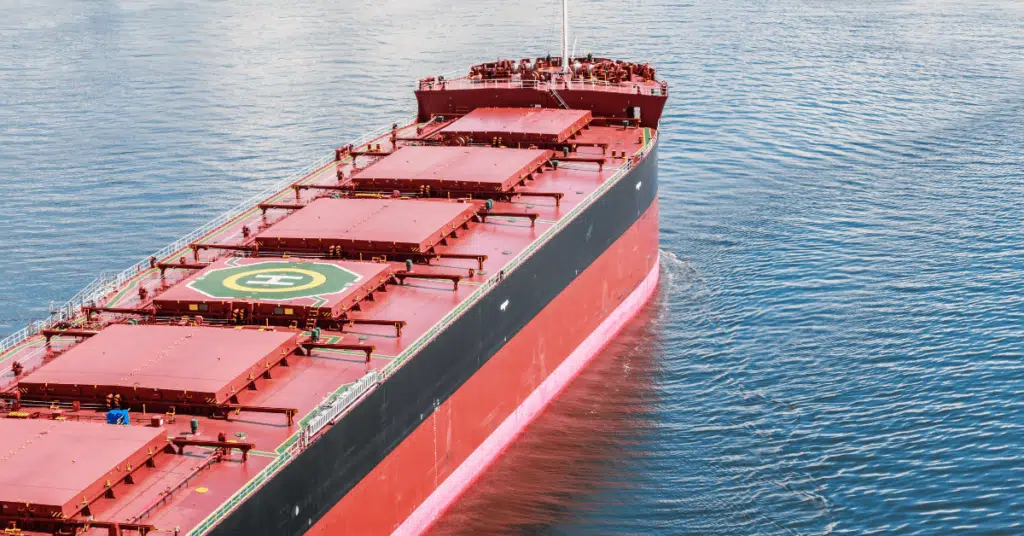Understanding Working of Hovercrafts
We have all been enthused about hovercrafts since childhood. It resembles a pressure vessel characteristic of a cushion or skirt and is associated with a lot of spraying when gliding on water. This article will delve into the reality of hovercrafts and how they work.
What are Hovercrafts?
Hovercrafts are one of the most significant breakthroughs in the world of inventions. Its earliest operation and principal concepts are credited to the Swedish scientist Emanuel Swedenborg, dating to 1716. After that, subsequent designs came into the limelight, and by the 20th century, modern hovercraft designs and reliability standards gained prominence.
The first commercially approved hovercraft was patented in 1952 by English inventor Christopher Cockrell. Hovercrafts are essentially amphibious crafts capable of travelling on both land and water. They work on the simple principle of nullifying land or water resistance or frictional forces by generating a lift that keeps the vessel slightly above the surface and, hence, afloat.
In simple terms, since they somewhat levitate or float above the land or water surface, thanks to the air cushion generated, they are attributed to hovercrafts, which relates to the word ‘hovering’.
Though the amount of lift or levitation varies from vessel to vessel, hovercrafts generally can lift at least over 6 inches, and some designs can even lift more than 5 or 6 feet!
Now, without much ado, let us jump right into the working and main principles of hovercrafts.
Working of Hovercrafts
Hovercrafts employ the simple physics of air differentials or differences in air pressures necessary to generate a lift against the force of gravity. The hovercraft system is such that air at atmospheric pressure is forcefully drawn with the help of a fan or blower. This air sucked in is directed downwards towards the open cushion or flexible skirt underneath, which temporarily ‘traps’ or restricts the volume of air drawn.
The air volume gradually dissipates or emanates from underneath the skirt or cushion, but at a given instant, the content of air trapped inside is far more than the ejection rate. The inability of the pressurised air to move freely, thanks to the boundaries of entrapment due to the surface of the cushion or skirt, the deck, and of course, the water or land surface itself, increases the net pressure dramatically, which is far greater than the normal atmospheric pressure. This causes the overall vessel to lift slightly from the surface and thus, float.
One critical point to note is that the principle of hovercrafts should not be confused with that of planning crafts. Planning crafts are conventional vessels that generate a hydrodynamic lift, enabling them to lift above the water partially. On the other hand, a hovercraft utilises aerodynamic lift due to the mass volume of air directed downwards.
Now, we understand that the skirt or air cushion below is the main feature of a hovercraft where the air is purposefully trapped and allowed to escape very slowly so that sufficient air pressure builds for the vessel to lift off.
There are two main designs of cushions for this or rather two theories for operation: open plenum and closed plenum or momentum curtain theory of operation.
An open plenum is a more straightforward and earlier design. Here the air is wholly and unrestrictedly sucked into the cushion or jacket with the help of a fan or suction mechanism at high flow rates. Some amount of air is trapped inside, whereas the rest escapes from the bottom of the skirt. Even if the fan’s capacity is increased, the lift rises marginally, but at the same time, the amount of air escaping is also proportionately more due to the high flow rate.
On the other hand, a closed plenum that uses the physics of momentum curtain theory is nothing but the cushion or skirt having an internal obstruction or a block. This allows the air to be sucked in at a controlled rate through concrete pathways on the side and, most importantly, increases the flow pressure significantly.
Also, since the air passage is controlled, the air escaping or the airflow rate while dissipating underneath is also comparatively low. According to the momentum curtain theory, the air is channelised throughout the periphery of the cushion and is allowed to behave like a ‘curtain’.
Hence, based on the resultant instantaneous air pressure due to these factors, the lift for the closed plenum is more compared to that of the open plenum and is thus, efficient.
Basic Design and Operation of Hovercrafts
Hovercrafts float on water or land by riding over a cushion of air partially entrapped underneath, at high pressure within the periphery of the flexible skirt or diaphragm.
All hovercrafts have the same configuration and more or less work on the same sequence of operations, and have the following broader components:
Fans: As we have already understood by now, the main challenge in a hovercraft is constantly sucking in the air and pushing it downwards towards the surrounding skirt or cushion. This is done with the help of one or multiple suction fans or blowers at desired capacities which suck the air from the surroundings at very high flow rates and direct it downwards for inflating the cushion region at desired pressures.
These fans are also known as lift propellers or lift fans. The fan is located in a shaft or ducting, and the air intake is split uniformly before moving towards the cushion. After suction, the proper distribution of the air throughout the cushion is of utmost importance. The propeller is coupled to the engine through gears. Though traditional dual fans have been considered highly efficient for air suction, modern designs have a single fan or advanced air suction systems.
Propellers or propulsors: Also known as thrust propellers, they propel the vessel forward or aft. Lift fans or suction blades only help create pressurised air volumes, which in turn aid in lifting or elevating the ship above the surface level while eliminating all contact resistance or surface forces.
But at the end of the day, the ship needs to be driven and steered through desired points. So, the main thrust propellers situated in the aft generate this force. However, the design and configuration of a hovercraft propeller are different from a conventional marine propeller as they are entirely free of water effects, and the vessel is above the surface in the first place. So, they can be considered analogous to marine propellers. The air is drawn in from the front, generating the thrust forward and vice versa. The blades are of variable pitch.
Moreover, in most cases, the thrust propellers driven by the engine are directly coupled to the lifting fan system. Hence, they have another responsibility of running the lifters as well. So, the amount of lift air required and the lift fan capacity, in turn, dictates the engine speeds and the propellers.
There is far less resistance than conventional vessels, so the hovercraft’s rates are very high for a given engine and propeller capacity. However, some minor disturbances in the form of spray resistances may be created due to the surface spray effects at high speeds in water.
Skirt or Cushion: The curtain or skirt’s material is carefully chosen to remain flexible and accommodate the maximum amount of air at high pressures. Moreover, they must be durable, weather-resistant, and highly suited to variable abrasive environments.
Rubber is the most classic material used, owing to its superior properties like strength and durability. The hovercraft Skirts should be thick and sturdy. Modern hovercrafts employ advanced materials like nylon, vinyl or complex composites of synthetic materials which are sturdy.
Engine and Thrust System: The engine is responsible for supplying the necessary power for driving the thrust propeller and the lifting devices. The engine has a main shafting connected to the lift fan and the thruster propeller through clutch and reduction gearboxes. The engine’s configuration and type (s) may vary depending on the requirement and the vessel’s size.
After supplying the necessary power to the lift fan, the remaining power is redirected back to the intrinsic propulsive system for providing thrust. The net thrust generated is dependent on the engine capacities, the size and the type of the propellers or propulsors. Modern designs have advanced ducted jet propulsors instead of propellers, like aeroplanes which can generate higher power.
Steerage: Hovercrafts are steered using flap-like or tail-like rudders similar to aeroplanes. They are attached to the duct’s rear in the airflow path.
Hovercrafts come in different sizes and capacities. Passenger hovercrafts can carry up to a few hundred people, whereas patrol boats, pleasure crafts or military vessels have a lesser complement.
You might also like to read:
Do you have info to share with us ? Suggest a correction

About Author
Subhodeep is a Naval Architecture and Ocean Engineering graduate. Interested in the intricacies of marine structures and goal-based design aspects, he is dedicated to sharing and propagation of common technical knowledge within this sector, which, at this very moment, requires a turnabout to flourish back to its old glory.
Latest Naval Arch Articles You Would Like:
Subscribe To Our Newsletters
By subscribing, you agree to our Privacy Policy and may receive occasional deal communications; you can unsubscribe anytime.



